After 20-years of gardening, these are the 7 must-have perennials I would never be without
From weed-suppressing ground cover to elegant flowers that gently sway in the breeze, these perennials will enhance your garden for years to come
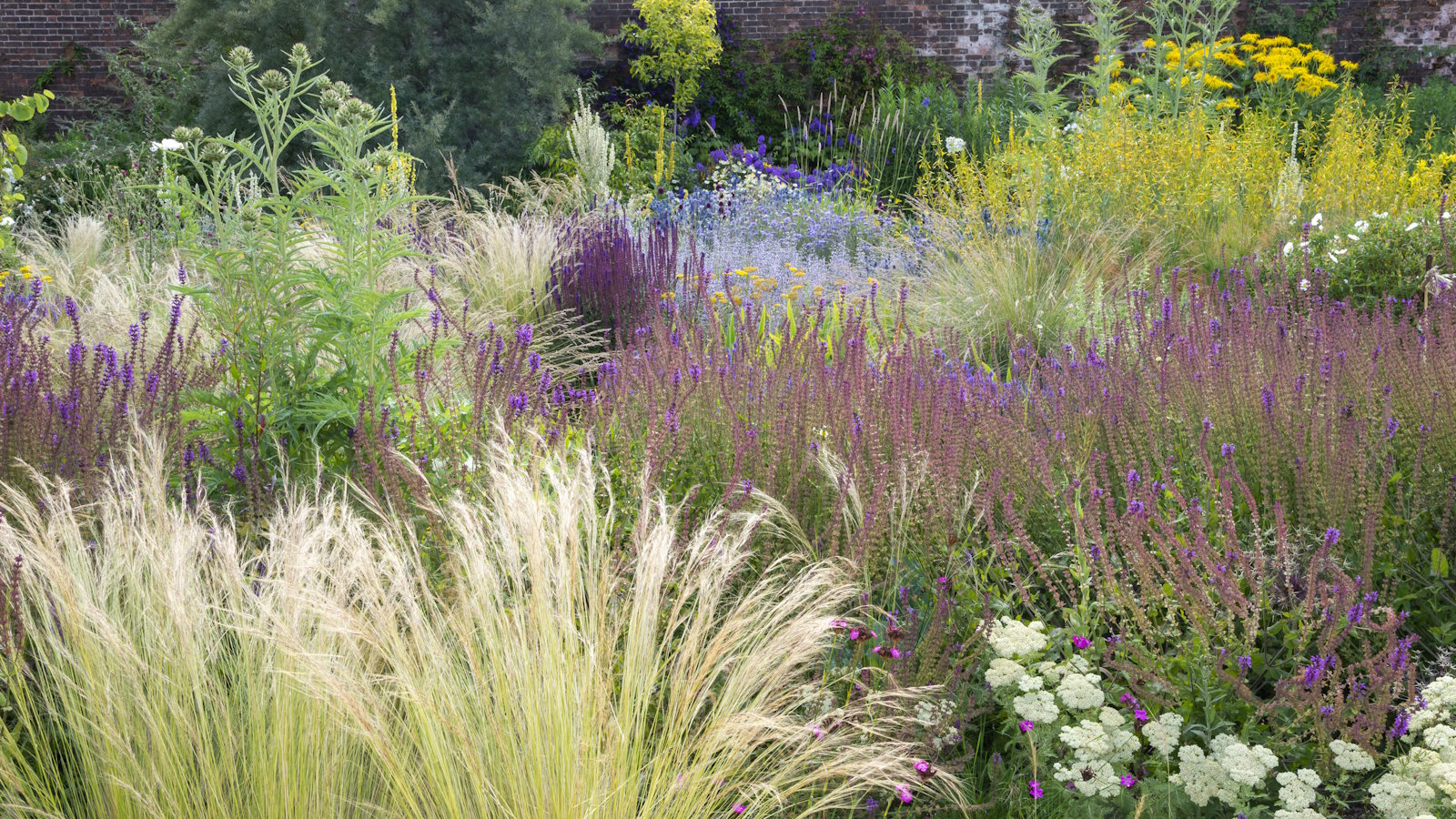

Stalwarts of our front and backyards, perennials can provide months of color and interest year after year. Generally lower-maintenance than annual plants, perennials, once established, tend to get on with being dependable doers in the garden. With a perennial for every aspect and location, there is a wide array of these plants for every gardener to choose from.
Having managed commercial, domestic and community gardens as well as heading up a small flower farm, I have had the opportunity to grow many different perennials, whether for their flowers, foliage or seed heads, or other attributes such as ground cover or texture. Over the years, I have learned which ones are really worth growing and perform well year after year.
When it comes to choosing the best perennials, the list is endless. However, your garden will have its own style, design and color scheme and your must-have perennials won’t be the same as someone else’s. But these seven are a great place to start. Here are my seven must-have perennials that will not only look good for months on end, but in some cases, encourage wildlife for years to come.
7 must-have perennials to grow in your garden
If you are redesigning a border or starting a new one from scratch, you’ll most likely want to plant some perennials. Returning year after year, perennials often provide great value for money as well as being low-maintenance.
From weed-suppressing ground cover to flowers that gently sway in the breeze, these must-have perennials will enhance your garden year after year.
1. Russian Sage
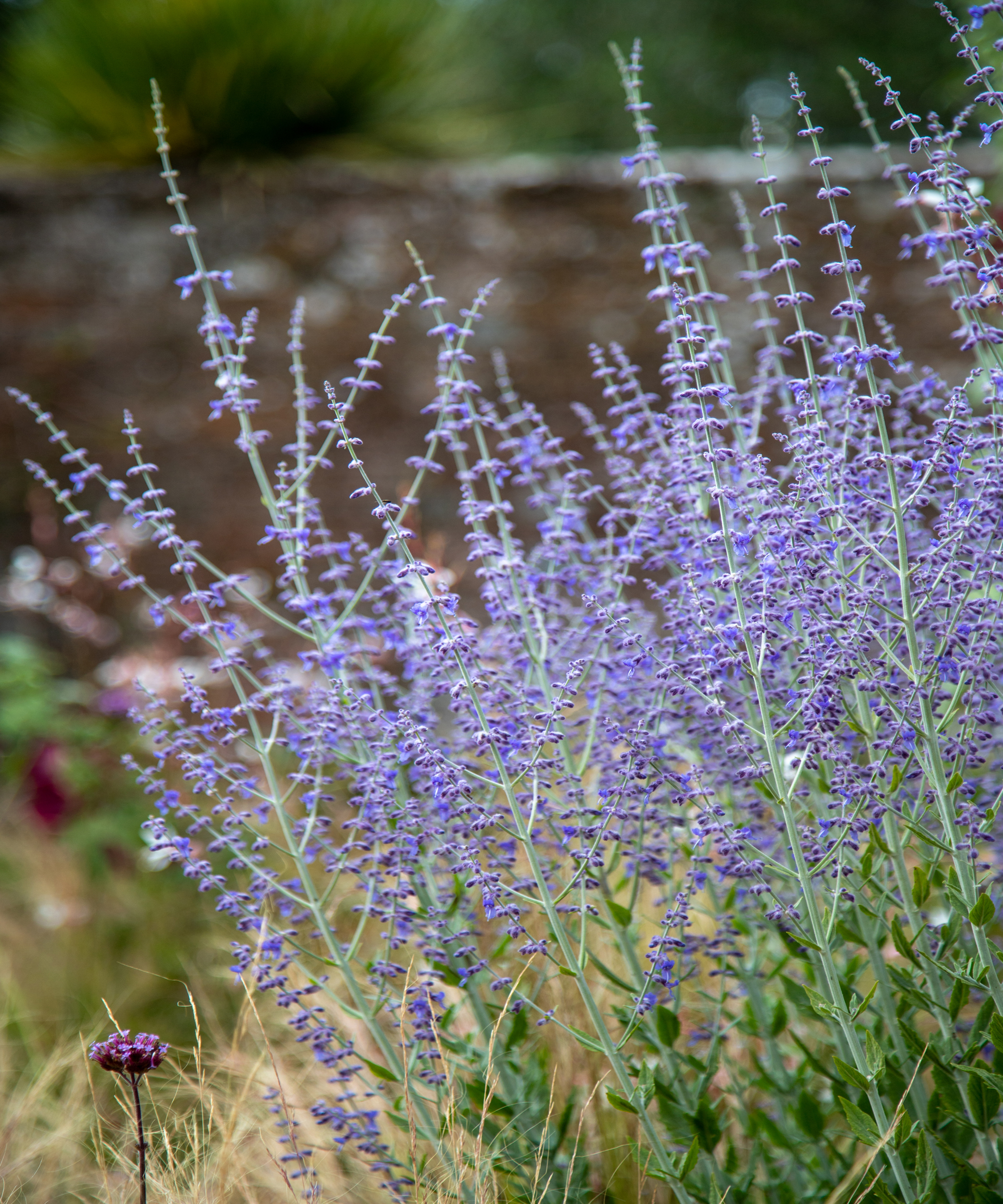
One of the toughest and most drought-tolerant perennials I know, Russian sage (Salvia yangii, formerly known as Perovskia atriplicifolia) is a perfect match for a hot and dry border or a gravel garden.
Hardy in US hardiness zones 4-9, this woody perennial grows to around four feet tall and is adorned with fragrant silvery-grey foliage and stunning lavender-blue flowers come summer.
Design expertise in your inbox – from inspiring decorating ideas and beautiful celebrity homes to practical gardening advice and shopping round-ups.
Having planted and cared for a lot of Russian sage over the years, I can vouch for the fact that, once established, it thrives on neglect and can pretty much be left to its own devices over the growing season. Another advantage of growing Salvia yangiiis that it is a great plant for encouraging pollinators into your garden, as bees flock to it when in flower.
You can purchase ‘Russian sage from Nature Hills’ and once established, little ongoing care is required. By waiting to prune back hard in early spring, you and the local wildlife will enjoy its skeletal framework over the winter months.
2. White valerian (Centranthus)
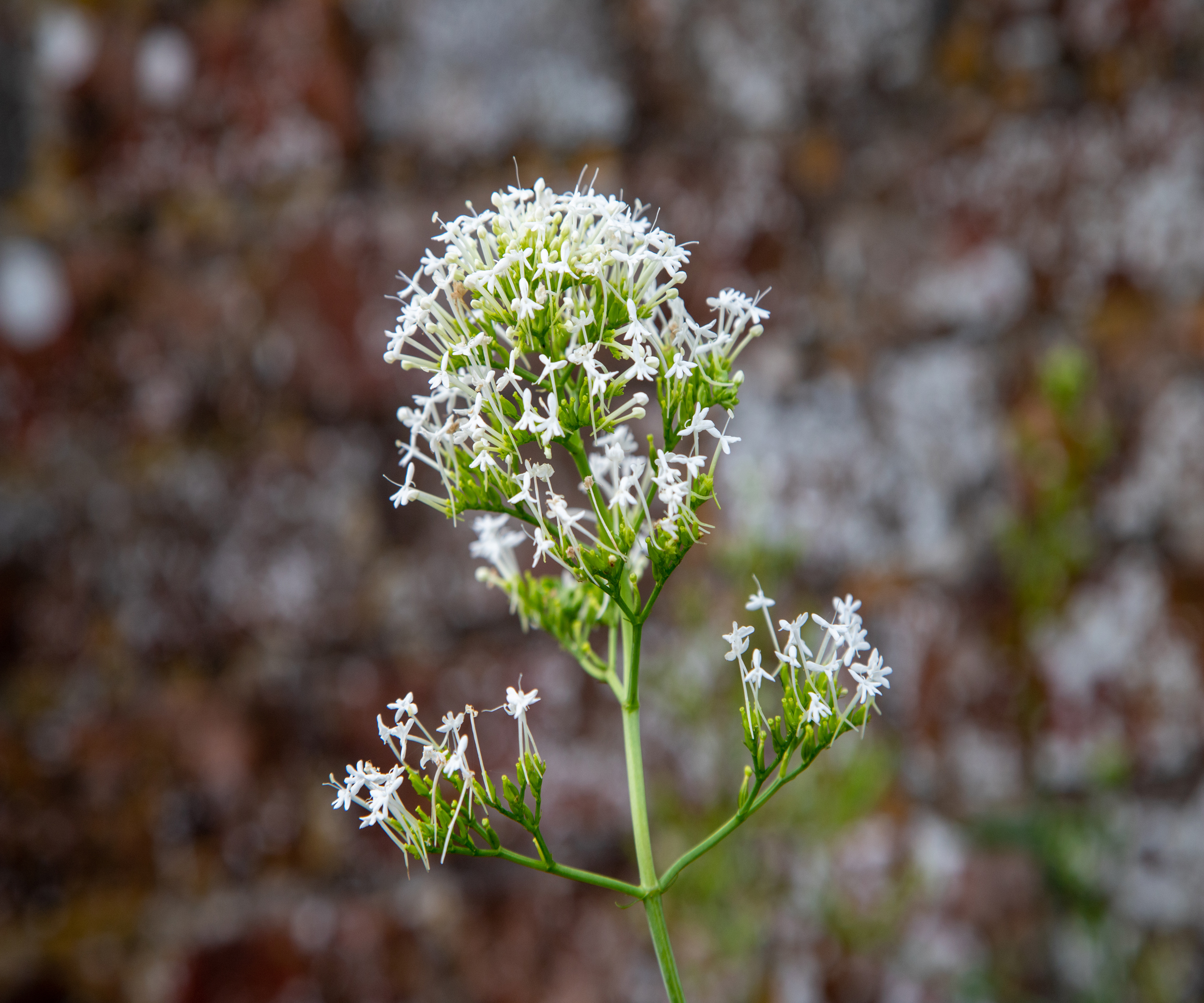
The white version of the pink valerian that grows abundantly in the UK, Centranthus ruber 'Albus' is a favorite of mine for the front to middle of a border.
Growing to around 4 feet tall, it produces clusters of pure white flowers above its gray-green foliage. A magnet for pollinators, I love watching the moths flock to it as the heat of the day subsides.
Suitable for growing in USDA zones 5-8, apart from the odd deadhead, it thrives on neglect and, being white, illuminates the borders in the evening. I've used it repeatedly in sunny cottage gardens and coastal designs where it seems to flourish.
Come winter, simply cut the stems back to just above ground level and watch it reappear the following spring. Centranthus Valerian Ruber White Snowcloud Perennial Seeds are available from Amazon.
3. Balkan Clary
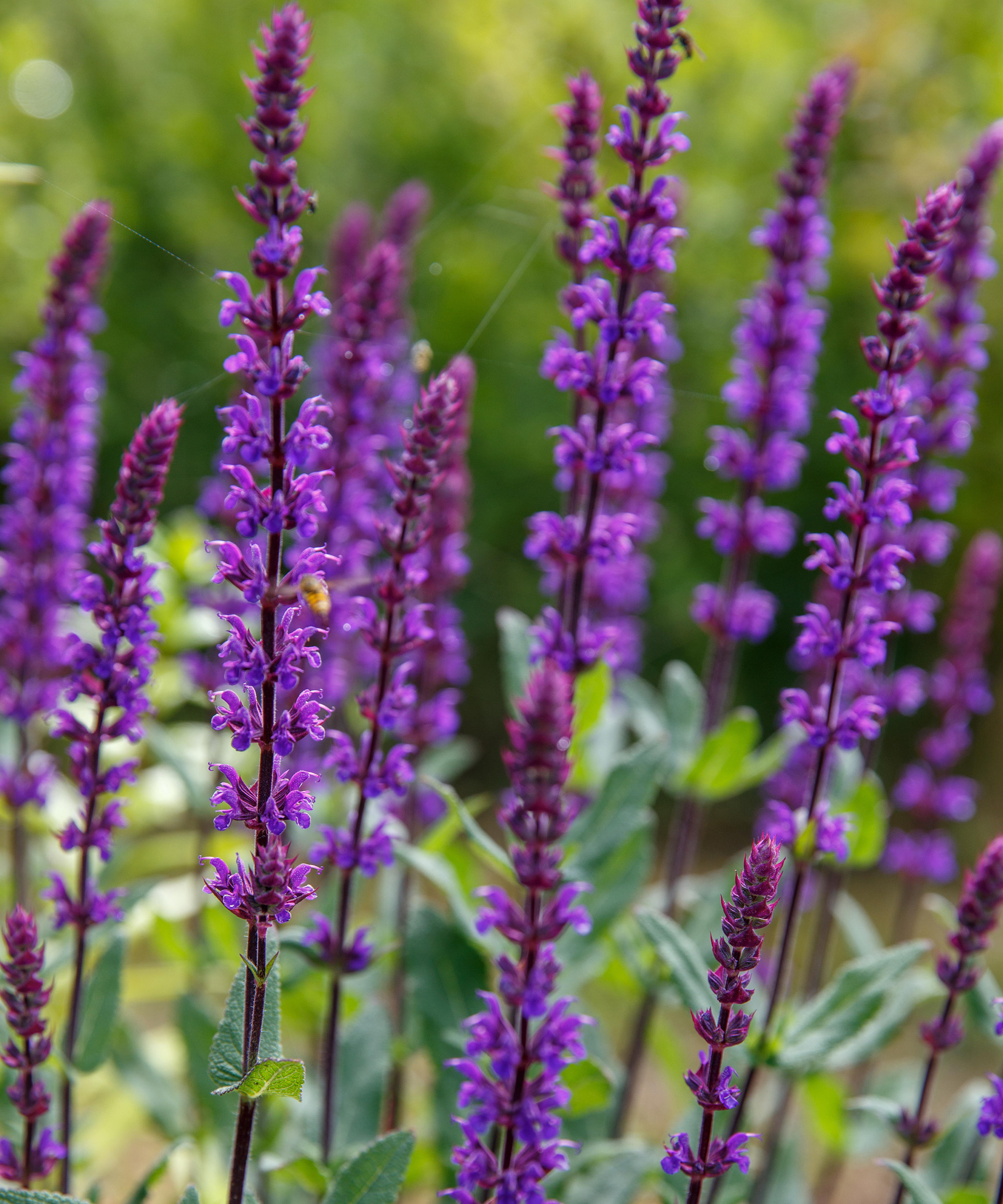
With so many beautiful salvias to choose from, it is hard to pick just one. However, also known as woodland sage or Salvia nemorosa, Balkan clary is one of my go-to Salvia varieties.
Producing vertical spikes covered with violet-blue blooms from early summer onwards, I have found it ideal for adding some contrasting upright structure to a bed or border full of sprawling or floppy plants. When given a light or sandy, well-drained soil, it thrives and reliably impresses year after year.
Suitable for growing in US zones 4-9, this sun-loving perennial is known to attract all manner of pollinators, including hummingbirds.
Wonderfully easy to grow and low-maintenance, a quick deadhead of the spent flower spikes will encourage a new flush later in the season.
Salvia nemorosa ‘Caradonna’ is available from Nature Hills’.To keep it looking its best, divide large clumps every 3 – 4 years in early spring.
4. Geranium Rozanne

Renowned and widely used, this award-winning ‘hardy geranium’ or cranesbill, is loved by gardeners and for good reason. Tough and vigorous, Geranium Rozanne flowers for months on end, displaying its blue-violet flowers with contrasting white centers.
Considered hardy in zones 5-8, this herbaceous perennial is ideally suited for borders and containers in either full sun or partial shade.
When struggling to find a plant that not only provides solid ground cover but will add interest and color, Rozanne, with her sprawling nature up to three feet across, happily obliges.
As with other cranesbill varieties, Rozanne can tolerate dry spells but looks her best when irrigated regularly over the drier months. In mid-summer, a light prune of any tatty-looking foliage and spent flowers can encourage further blooms right up until the fall.
You can purchase Geranium Rozanne from Burpee and even though it continues to look good for several years, you may want to divide older plants in early spring or fall to encourage fresh new growth.
5. Lady's Mantle
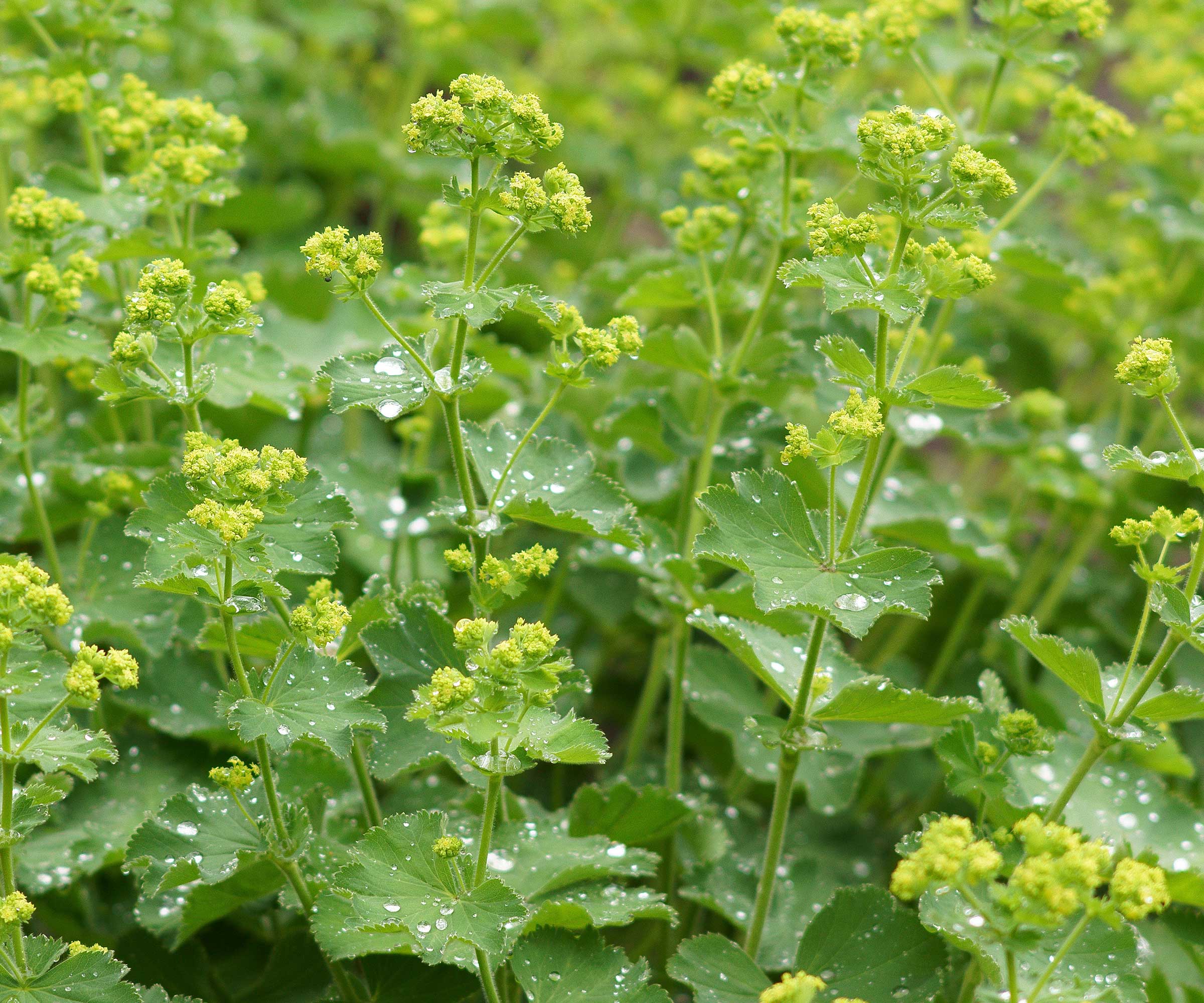
Cherished for its attractive foliage and lime-yellow flowers, Alchemila mollis, or Lady’s mantle as it is also called, isn’t adored by every gardener due to its tendency to self-seed.
However, plant it where you don’t mind it doing its thing and you will be rewarded by its weed-suppressing ability and delicate blooms come summer. Adaptable and tough, Lady’s mantle is hardy down to zone 3 and thrives in both full and partial sun.
Low-growing to around 1-2 feet tall, this robust perennial makes an ideal front-of-border plant or for edging a path. When faced with a long, free-draining pathway to edge and a limited budget, growing lady’s mantle from seed proved a cost-effective and visually stunning solution.
Deadheading the spent flowers will help prevent any self-seeding and contain its spread. You can purchase Lady’s mantle plants from Nature Hills.
6. Verbena bonariensis
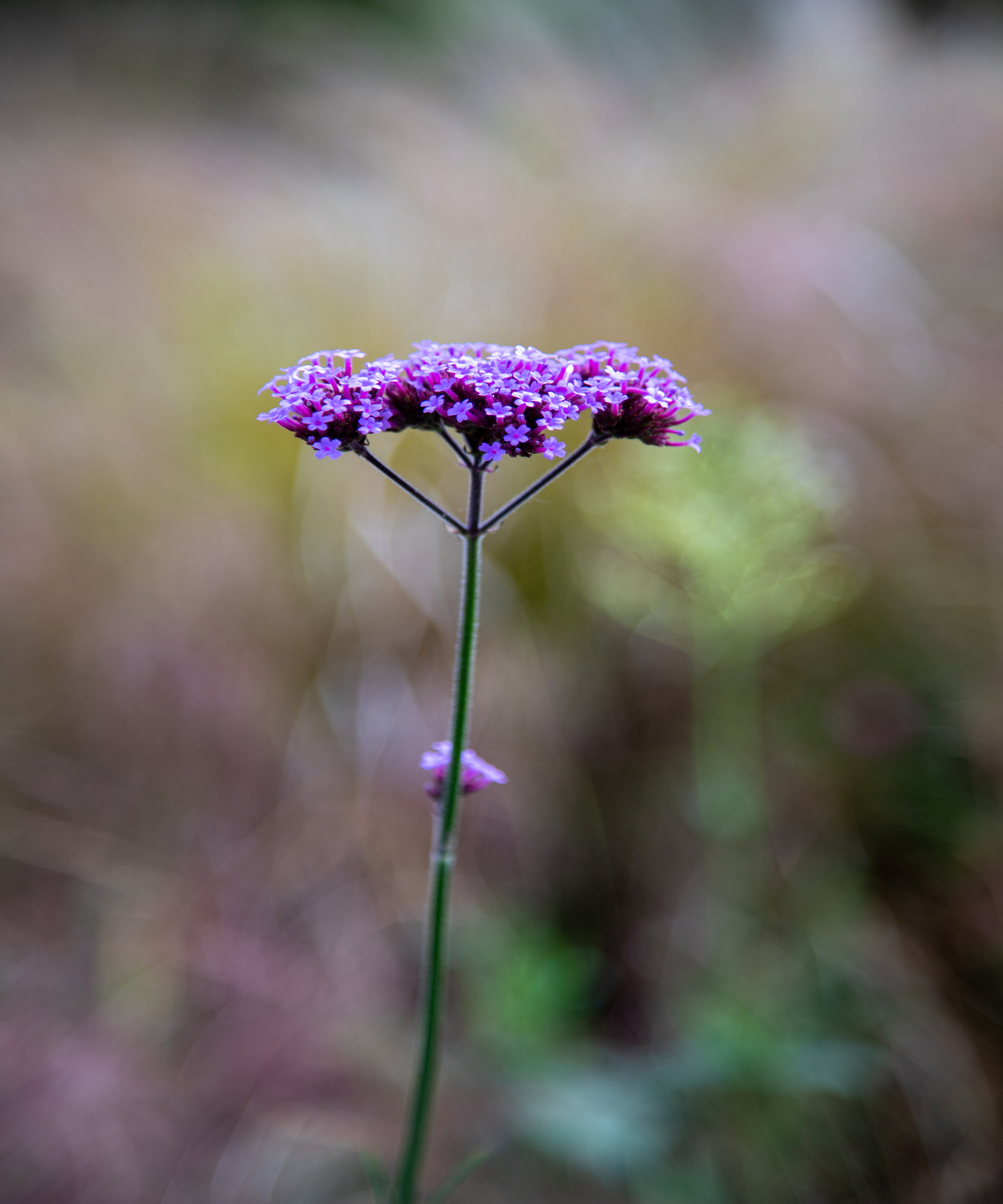
Another award-winning must-have perennial, Verbena bonariensis or tall verbena as it is simply referred to, is sure to pack a powerful, yet dainty punch wherever you plant it.
Producing tight clusters of lilac flowers on tall, slender stems up to six feet tall, this trusty and graceful perennial is perfect for adding a touch of elegance to your borders.
Suitable for hot and dry spaces in US zones 7-11, I have used Verbena bonariensis for height and structure in many projects, from cottage gardens to rock gardens and never been let down by it.
If the bees and butterflies attracted when in bloom weren’t enough, you can leave the seed heads for any foraging birds over winter.
As a prolific self-seeder, if you don’t deadhead the flowers, you will end up with a scattering of new plants the following spring. In formal gardens, you may wish to prevent this or pot up the new seedlings to plant out somewhere else.
In less formal gardens, I am always tempted to let nature run its course and see where they pop up. Verbena bonariensis is available from Burpee.
7. Mexican feather grass
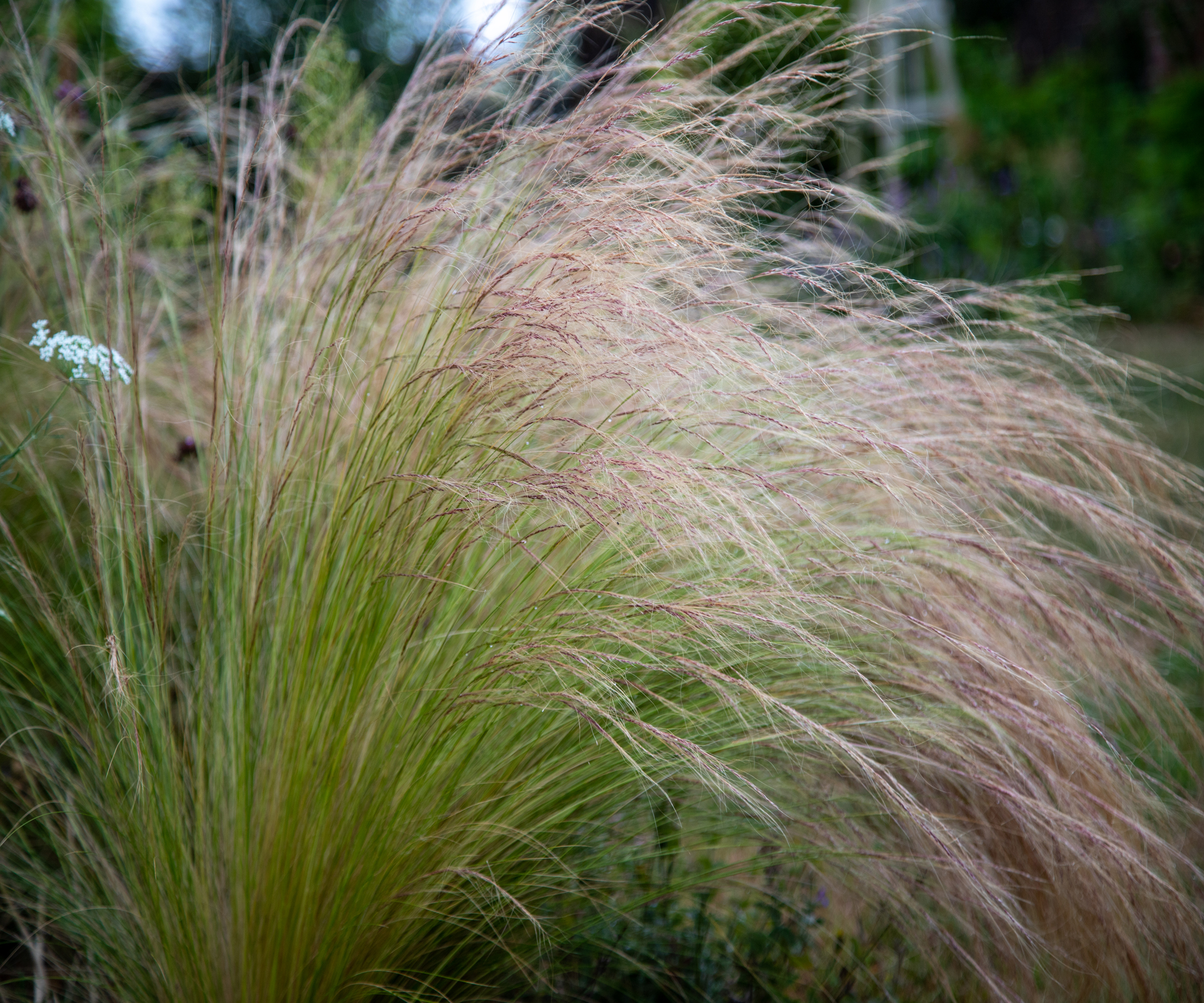
Although not a classic flowering perennial, Stipa tenuissima is definitely one of my must-have perennials due to its soft feather-like texture and the numerous times I have used it.
With climate change and rising global temperatures, more and more people are asking me for drought-tolerant planting tips, to which I often suggest Mexican feather grass and other ornamental grasses.
Almost shockingly drought-tolerant once established, Stipa tenuissima is truly low-maintenance and a great perennial for adding delicate movement to any sunny bed or border. It's a perfect partner to weave amongst the likes of Russian sage and Balkan Clary.
Hardy in US zones 7-11, this ornamental grass must be grown in a well-drained soil; otherwise, it will sulk from having wet feet over winter. If overgrown and messy, you can comb out any dead foliage with gloved hands in early spring, or if you feel brave, cut back hard to rejuvenate. Mexican feather grass is available from Nature Hills.
With shrubs and perennials often providing the backbone of most garden borders, annual plants can be a perfect way of injecting some extra color or filling a gap last minute.
Generally sown in early spring or even the autumn before, you can even ‘sow annuals up until early July’ for a great early fall display.
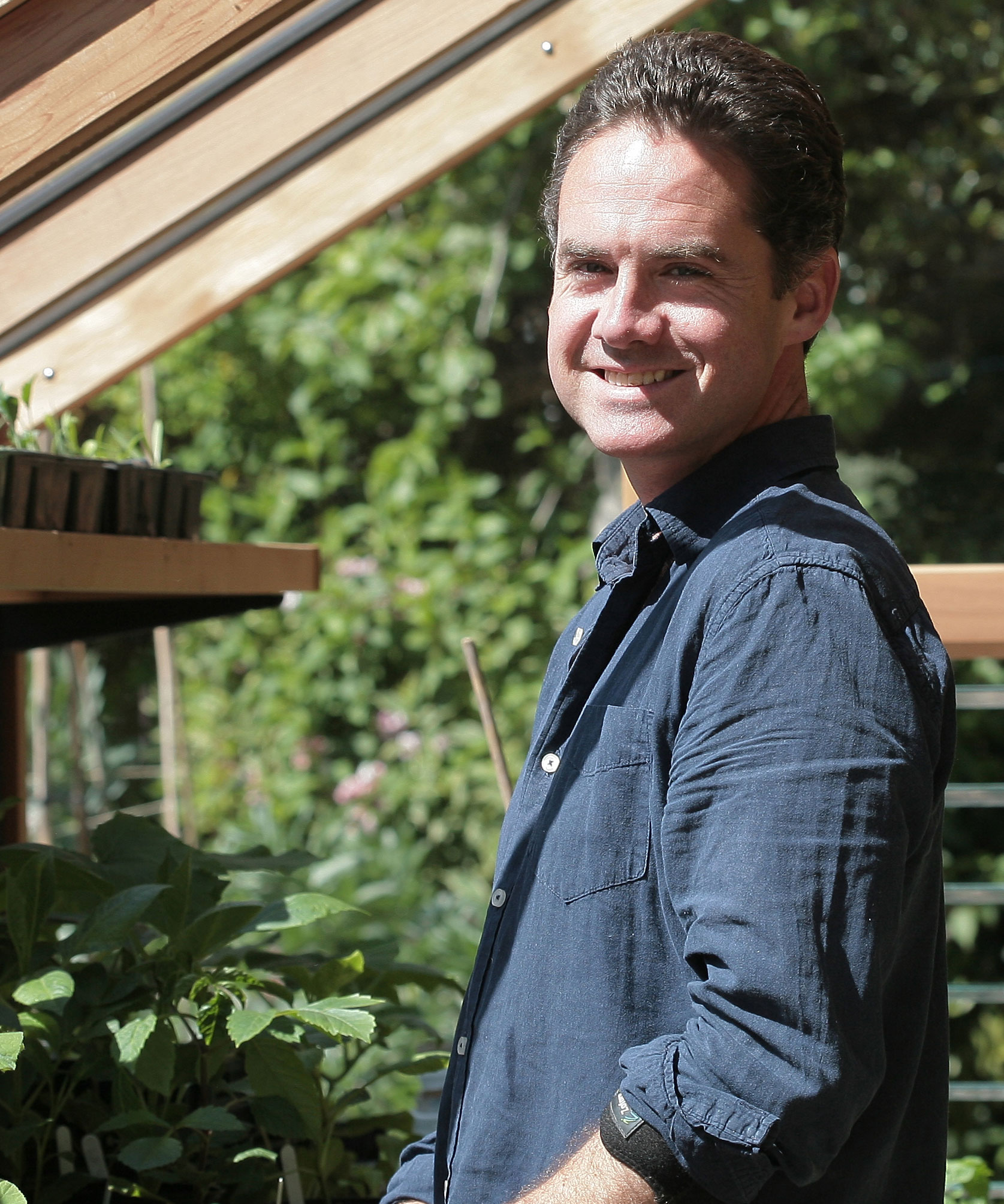
Edward Bowring is a horticultural therapist and writer with a passion for gardening and the health benefits that it has to offer. With a background in occupational therapy, Edward worked within health care settings where he witnessed first-hand the healing power of gardening and has managed and run therapeutic kitchen and community gardens ever since.
You must confirm your public display name before commenting
Please logout and then login again, you will then be prompted to enter your display name.